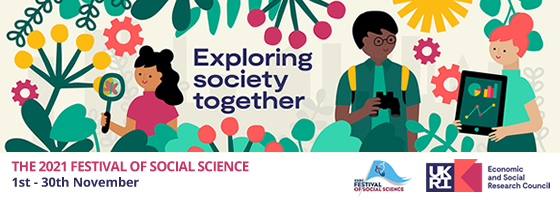Today’s event was led by Tony long, Professor of Child & Family Health and Andrew Rowland, Professor of Children’s Rights, Law and Advocacy, both from the University of Salford’s Children and Young People research group in the School of Health & Society.
The aim of the event was to address children’s ignorance of chemical hazard warning signs through an online intervention. Accidental poisoning in young children is known to be a major problem globally, with unfamiliar symbols interpreted according to what is familiar; often wrongly. Children show a more imaginative and credulous approach to these signs than adults.
The intervention took the form of an interactive, participatory challenge to identify the meaning of a series of Globally Harmonised System hazard warning signs. The quiz was also completed by adults at the event and they fared no better in this activity! Many of the warning signs look very similar and some seem completely indecipherable: a particular source of confusion was a symbol that looks like a cricket bat, but actually means ‘compressed gas’!

The responses to the quiz and subsequent discussion provided the Salford professors with useful feedback to inform a forthcoming pilot study into primary school children’s perceptions of hazards. Primary school children are at intense risk of accidental poisoning and burn injury and this research programme will check understanding of hazard signs, and subsequently increase understanding and awareness in both children and adults in order to keep children safe.
The aim is to take this programme to primary schools across the UK and this work already has the support of the Royal College of Paediatrics and Child Health. It is hoped that the research can be scaled up in the future through external funding in order to make a real difference in terms of understanding and safety.